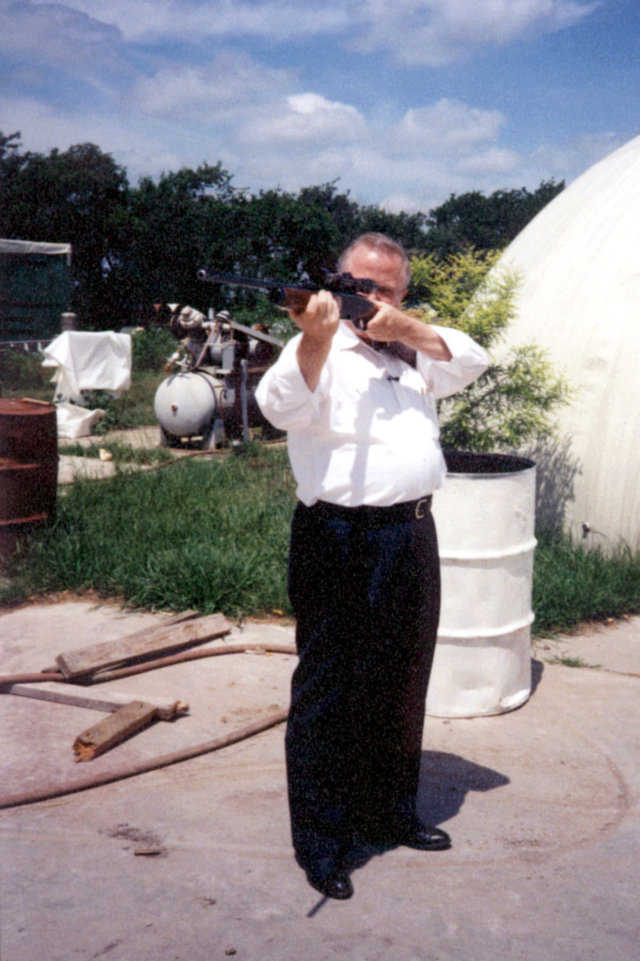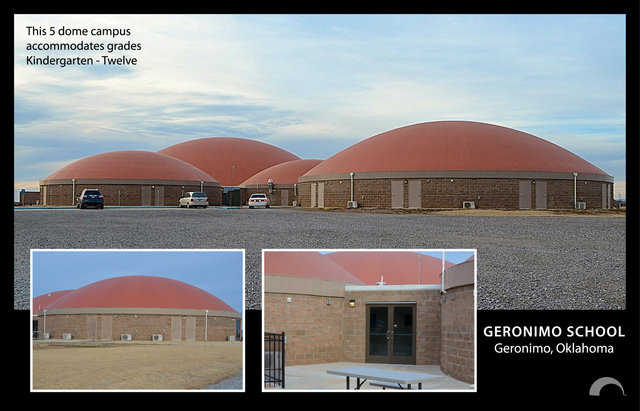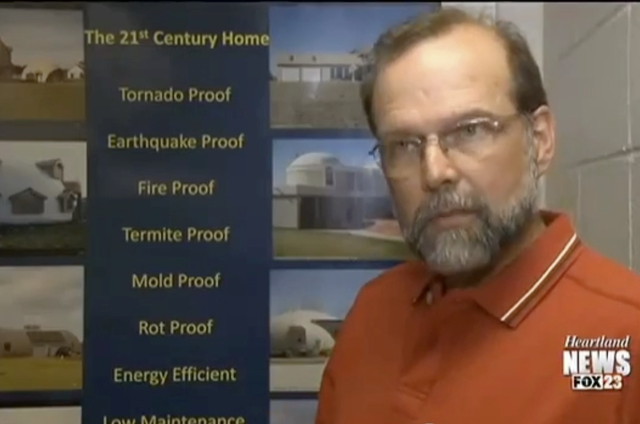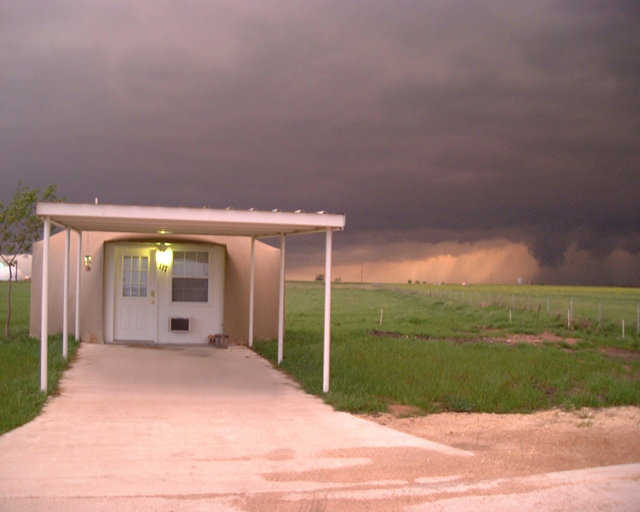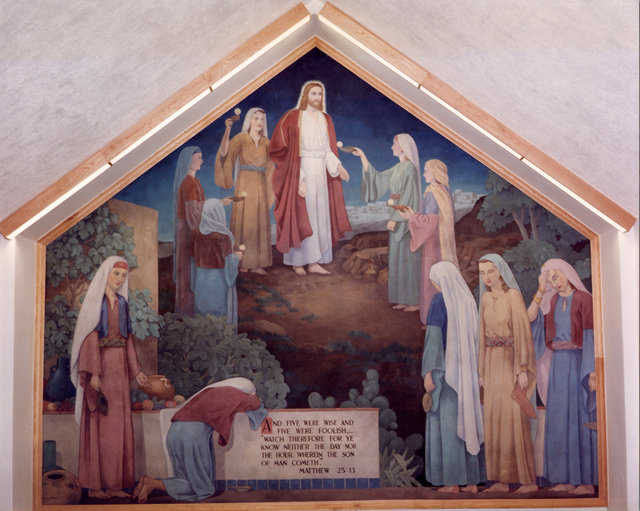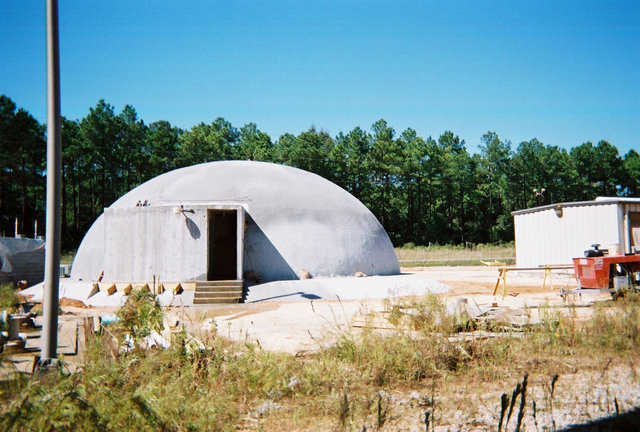Monolithic Dome Benefits: Survivability
Whether it’s your home, your children’s school or some other structure that you and your loved ones spend time in, nothing beats knowing that you’re in a place that cannot be destroyed by most natural or manmade disasters. That’s the confidence Monolithic Domes offer. They meet or exceed FEMA’s standards for providing near-absolute protection. Monolithic Domes are proven survivors of tornadoes, hurricanes, earthquakes and fires.



